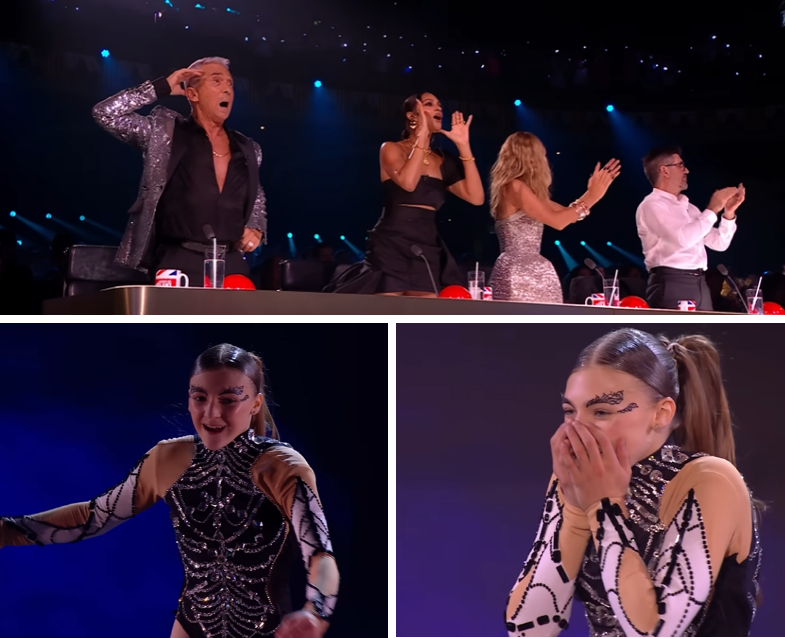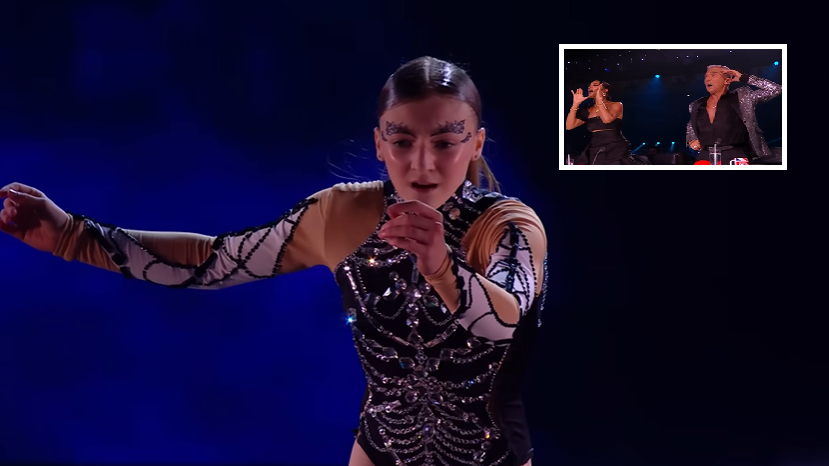Lillianna Clifton’s final performance on Britain’s Got Talent showcased a rare blend of technical precision and emotional depth. Dancing to Loreen’s “Tattoo,” she delivered choreography that was both powerful and graceful. Judges and viewers alike were drawn in by her fluid movement and storytelling ability—proving that her talent went far beyond the steps.
Who is Lillianna Clifton?
Lillianna Clifton was born and raised in Liverpool, England. She began dancing at just four years old, encouraged by her family to help build her confidence. What began as a hobby quickly developed into a serious pursuit. By the age of 8, she was entering competitions, mastering both slow dance and freestyle, and building a reputation in regional and international dance circles.
Her training outside school was intense. Lillianna spent several hours daily developing her technique, stagecraft, and emotional connection to music. Her work earned her multiple awards, including improv titles and high rankings in youth dance competitions—long before she ever stepped onto the BGT stage.
Britain’s Got Talent 2023 Journey

Source: Screenshot from the Britain’s Got Talent official YouTube channel
Lillianna auditioned for BGT at age 13, performing a self-choreographed routine to “Train Wreck” by James Arthur. Her performance combined pirouettes, floor work, gymnastic flips, and a deep emotional interpretation of the song’s lyrics. The judges responded with immediate praise. Simon Cowell called it a “10 out of 10,” highlighting her precision and control, while Bruno Tonioli described her as a “powerhouse of drama and technique.”
In the semifinal, she danced to a cover of “Running Up That Hill” (originally by Kate Bush). The routine further showcased her growth, with complex transitions and a narrative thread that matched the mood of the music. Her control, use of space, and emotional tone helped her win the judges’ vote to move into the final round.
In the final, her routine to “Tattoo” by Loreen was both visually and emotionally impactful. She used the full stage, integrating lifts, aerial elements, and precise choreography to tell a compelling story. The routine earned standing ovations and was praised for its intelligence and timing.
Audience Reactions and the Competition’s End

Source: Screenshots from the Britain’s Got Talent official YouTube channel
Lillianna ultimately placed second in the competition, finishing as the runner-up to Norwegian comedian Viggo Venn. Magician Cillian O’Connor took third place. The final vote surprised many viewers and generated a strong response—some audience members even booed during the winner announcement, a rare occurrence for the show. On social media, many viewers voiced the opinion that Lillianna had delivered the most technically and emotionally advanced performance of the night.
Despite not winning, Lillianna remained composed. In interviews, she expressed her gratitude and described reaching the final as “more than I expected.” Judges continued to praise her discipline and artistry, regardless of the competition outcome.
Personal Life and Support System
Lillianna lives with her mother Vicky, father Ray, and younger sister Lola in Toxteth, Liverpool. She was a student at St. Patrick’s Catholic Primary School during the competition, and her teachers and classmates supported her throughout her BGT journey. After the show, her school and community celebrated her achievements, treating her as a local hero.
Outside of the public eye, Lillianna has kept her personal life relatively private. She continues to train rigorously, balancing education with dance, and has expressed ambitions to perform with Cirque du Soleil or in large-scale international productions.
After BGT and Future Prospects
Lillianna didn’t fade from view after BGT ended. In December 2023, she was invited to perform at The National Lottery’s New Year’s Eve Big Bash, broadcast on ITV. There, she danced alongside BGT finalist Musa Motha to “Dancing Is Healing.” The performance was seen as symbolic—a celebration of resilience and artistic healing through movement.
Since then, she has continued her dance training while also taking on occasional public and professional performance opportunities. While her family hasn’t publicized every project, it’s clear Lillianna is continuing to build her path in the performing arts carefully and deliberately.
Conclusion
Lillianna Clifton’s journey from a young dancer in Liverpool to a national finalist on Britain’s Got Talent is a story of quiet determination, consistent practice, and thoughtful artistry. She didn’t rely on theatrics or spectacle alone—her success came from strong technique, intelligent choreography, and a deep connection to her music.
Her presence on stage never asked for attention; it simply earned it. And though she may not have taken the trophy, her work resonated with millions and marked the beginning of something much larger.
This is not the end for Lillianna Clifton. It’s only the beginning.
